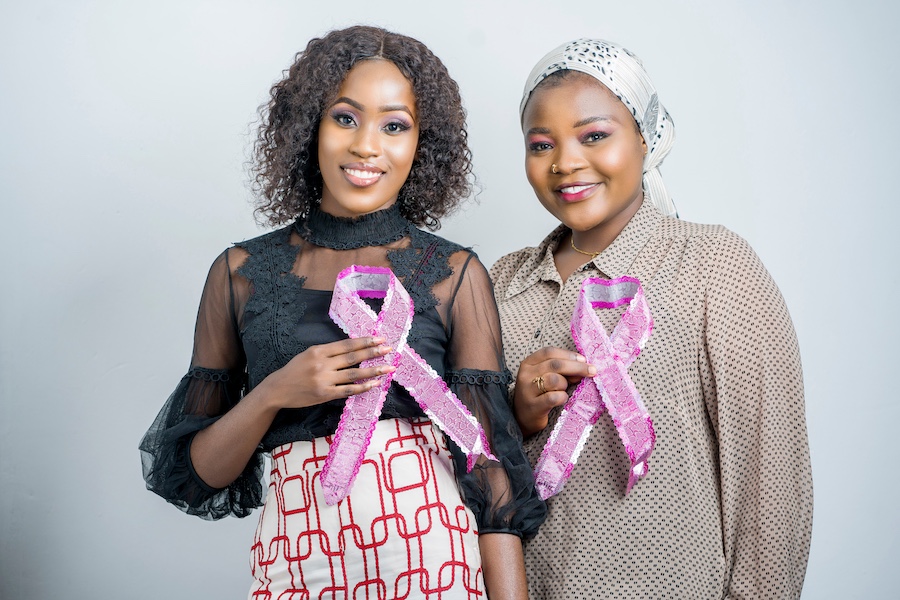
A Personal Story
Meet Marleah. At 25, she learned she carried a BRCA2 gene mutation. That knowledge meant hard choices—but it also sparked a career in advocacy and helped her take charge of her care. Her story is one of many from the CDC’s Bring Your Brave campaign, which shares real experiences to help women under 45 understand breast cancer risk and act early.
Map Your Family History
Knowing your family health history is one of the most powerful ways to understand your personal risk. CDC’s My Family Health Portrait: Cancer (free on iOS and Android) helps you gather relatives’ cancer histories and get a personalized assessment for breast, ovarian, and colorectal cancer risks you can share with your clinician.
Who May Have a Higher Risk at a Young Age?
You may face a higher risk before 45 if any of the following apply to you:
- A close relative was diagnosed with breast or ovarian cancer, especially at 45 or younger.
- You have a known BRCA1 or BRCA2 gene change.
- You had radiation therapy to the chest during childhood or early adulthood.
- You’ve had breast cancer or certain breast conditions such as LCIS, DCIS, or atypical ductal or lobular hyperplasia.
If these sound familiar, talk with your doctor. They may recommend a genetic counselor, earlier or more frequent screening, or steps to lower risk.
Screening: What to Know
The U.S. Preventive Services Task Force recommends mammograms every two years from ages 40 to 74 for people at average risk. If you’re at higher risk, your clinician may suggest starting earlier, screening more often, or using additional tests (such as MRI). The right plan depends on your personal and family history—bring your questions.
Quick note on self-checks: Being familiar with how your breasts normally look and feel is valuable—if you notice changes (a new lump, skin dimpling, nipple discharge, or persistent pain), call your provider. Formal monthly self-breast exams don’t replace recommended screening and are not a stand-alone screening test.
What You Can Do Today
- Download the CDC app My Family Health Portrait: Cancer and start a confidential family history. Share it at your next appointment. (Google Play | App Store)
- Explore Bring Your Brave stories like Marleah’s for guidance on talking with family, navigating genetics, and advocating for yourself.
- Ask your clinician whether your history or heritage suggests earlier or additional screening. If so, request a referral to genetic counseling.
- Know your normal. If something feels off, don’t wait—get it checked. (The National Breast Cancer Foundation offers a clear, step-by-step guide on self-awareness techniques.)
Bottom line: Bring Your Brave is about informed action. Learn your risk, start the conversation, and make a plan that fits you—because early knowledge can be life-changing.
